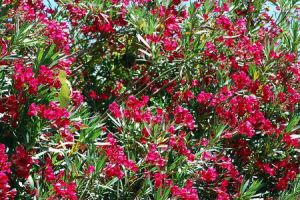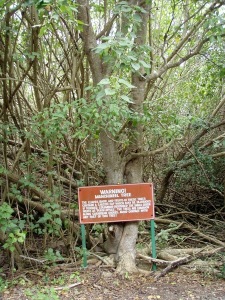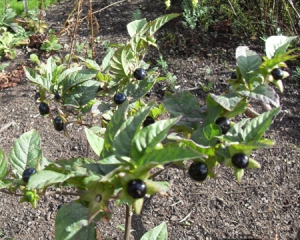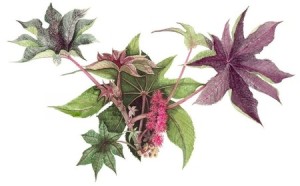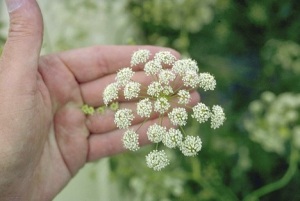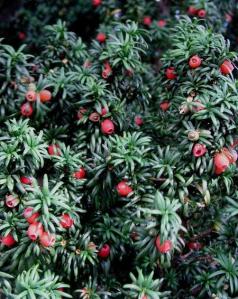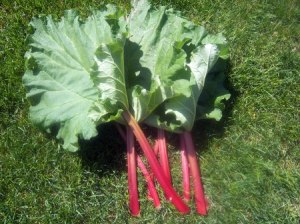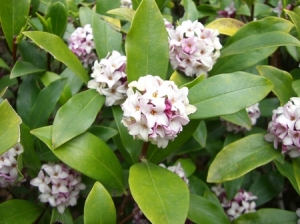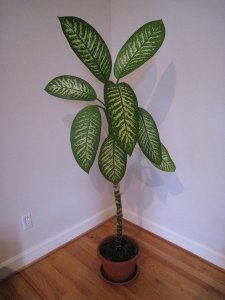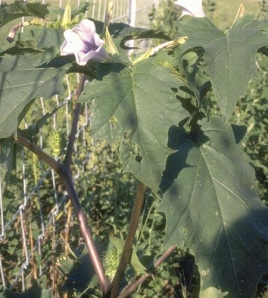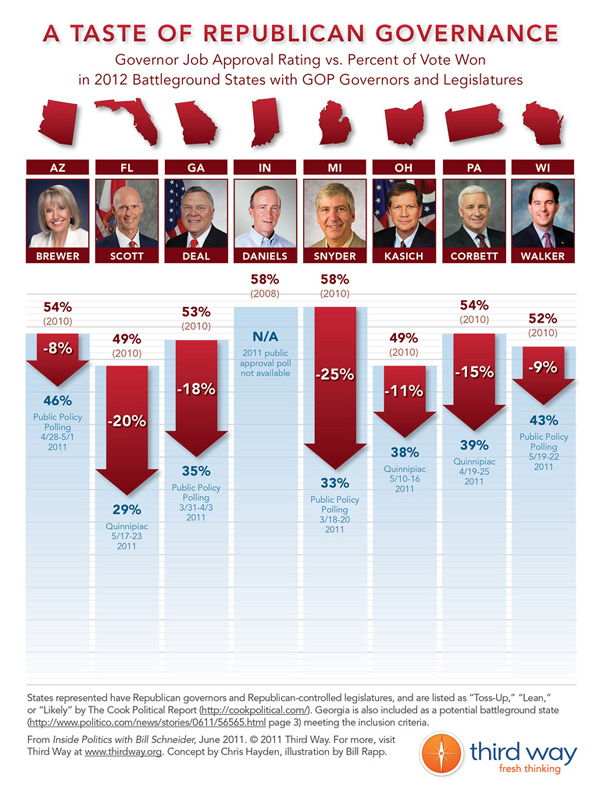If you are trying to lose weight, you might want to go nuts for nuts. Nuts are among the healthiest foods you can eat while pursuing a weight loss goal. Nuts are high in B vitamins and protein which boost metabolism. Boosting your metabolism is a must when pursuing a weight loss goal. They are also high in fiber, and many contain omega 3, omega 6, and other anti-oxidants that are good for the body.
When working on your weight loss goal, it is important to know which nuts to eat. Almonds, walnuts, cashews, and pecans are all healthy choices. Brazil nuts, hazelnuts, pistachios, and pine nuts are also good choices. Although macadamia nuts have thiamine in them, they are high in fat, so do not include them in your weight loss plan if at all possible. All nuts are a source of the good type of fat you need to stay healthy.
Most dieters avoid nuts because they are worried about high calorie content. But many reputable studies have found that they may actually help you lose weight when included as part of a moderate fat, rather than a high-fat diet. This is possibly because people find it easier to stick to a diet that has fewer restrictions. The key is to have just small amounts – and always opt for unsalted varieties.
Best Nuts for Weight Loss
Walnuts
Walnuts are packed with nutrients like fiber, omega-3 fatty acids and protein, which help aid in weight loss. A 1/4 cup serving of walnuts sufficiently meets your recommended daily amount of omega-3 fatty acids. Walnuts also contain 2 g of fiber and 4 g of protein per serving. The omega-3 fatty acids in walnuts help lower bad cholesterol levels and promote a healthier heart.
Misconceptions
All nuts do not promote weight loss. Nuts that have been salted or have added flavorings are higher in calories and sodium. Eating raw and natural nuts will help you reach your weight loss goals. Eat nuts in moderation, because they are high in calories. A half ounce of mixed nuts has about 84 calories. Eat a small handful or serving of nuts to keep calorie consumption low and help you conquer weight loss.
Almonds
Almonds are filled with nutrients and contain fiber, protein and healthy monounsaturated fats, which help with satiety. A 2003 study, published in the “International Journal of Obesity and Related Metabolic Disorders,” found that overweight and obese adults had significant weight reduction when they ate an almond-enriched diet. The results showed that there was a 62 percent greater reduction in body mass index and a 56 percent greater decrease in body fat than in those who where not fed an almond-enriched diet.
Cashews
Cashews, like almonds and walnuts, are filled with healthy fats, fiber and protein needed for weight loss. The “American Journal of Clinical Nutrition” found that consumption of nuts like cashews helped lower the risk of obesity and helped with weight control. Cashews are also filled with the minerals magnesium, phosphorus and zinc.
Tips and Advice
* Make sure you aren’t allergic to nuts
* Make sure to stick to 1oz portion and not overindulge for optimum weight loss
* Pre-measure nuts into portion size and keep in zip-lock bags for a quick snack
* Add nuts to your salads to replace croutons
